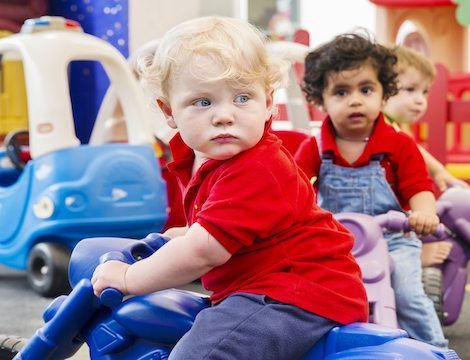
Nursery school is where young children begin their educational journey, and providing them with a safe and engaging environment is crucial. A well-designed nursery school setting can enhance children’s learning experiences, foster development, and promote overall well-being. Let’s explore some best practices for creating a safe and engaging environment in British nursery in Dubai.
Safety measures:
Safety should be a top priority in nursery schools. Ensuring a safe environment involves implementing childproofing, installing safety gates, and securing furniture to prevent accidents. Regular inspections of toys, equipment, and facilities are essential to identify and address potential hazards promptly. Additionally, staff members should be trained in CPR and first aid to handle emergencies effectively.
Age- appropriate materials and equipment:
Nursery school classrooms should have age-appropriate materials and equipment that stimulate children’s learning and development. Toys, books, and learning resources should suit the age group and promote exploration, creativity, and problem-solving. Play areas should have soft and cushioned surfaces to ensure a safe environment for physical activities.
Clear and consistent rules:
Establishing clear and consistent rules helps children understand boundaries and expectations. Behavior, sharing, and safety rules should be communicated effectively to children and parents. Creating a positive discipline approach that focuses on teaching and guiding children toward appropriate behavior rather than punitive measures is important.
Child- centered spaces:
Nursery school environments should be child-centered, catering to young learners’ unique needs and interests. Classroom layouts should provide ample space for various activities, including play, reading corners, art areas, and quiet spaces. Flexibility in furniture arrangement allows for different learning settings and promotes engagement and collaboration.
Warm and supportive atmosphere:
A warm and supportive atmosphere contributes to children’s emotional well-being and engagement in nursery schools. Teachers should create a nurturing environment where children feel safe, respected, and valued. Positive relationships with teachers and peers foster a sense of belonging and encourage children to explore and take risks in their learning journey.
Sensory stimulation:
Nursery schools should provide various sensory experiences to support children’s development. Sensory-rich environments that include tactile materials, music, natural elements, and different textures stimulate children’s senses and promote cognitive, social, and emotional development. Sensory activities enhance their curiosity, creativity, and engagement in learning.
Creating a safe and engaging environment in nursery schools requires careful attention to safety measures, age-appropriate materials, clear rules, child-centered spaces, a warm atmosphere, sensory stimulation, outdoor learning spaces, and parent involvement.
